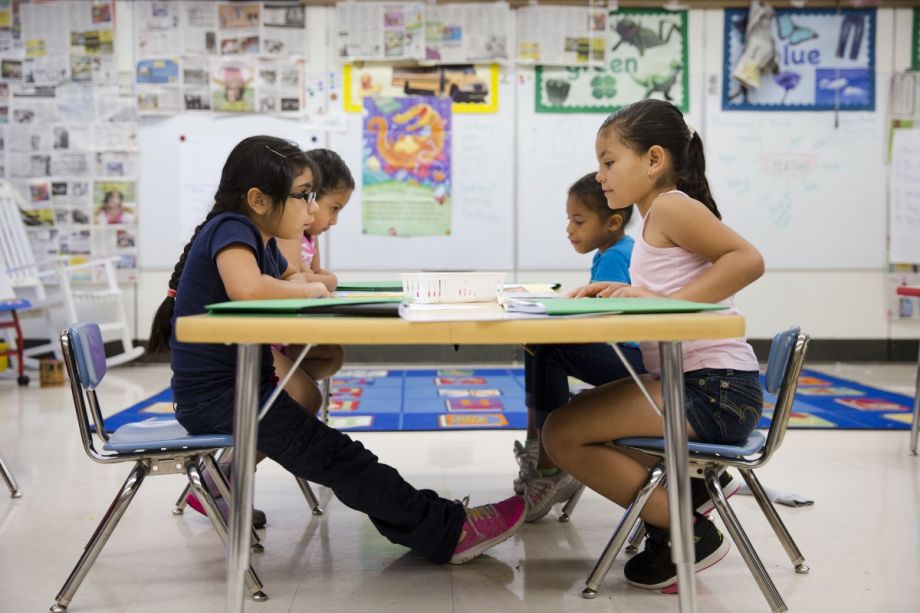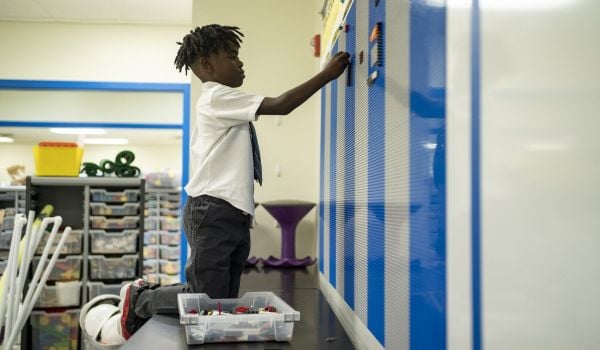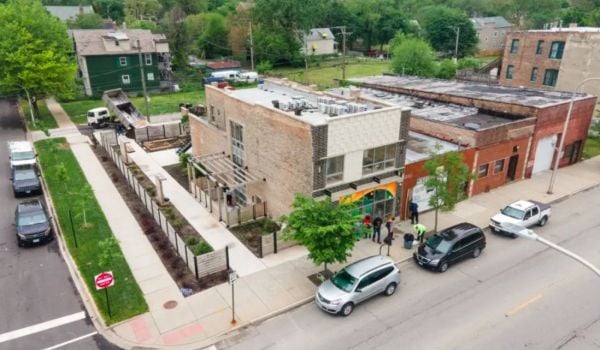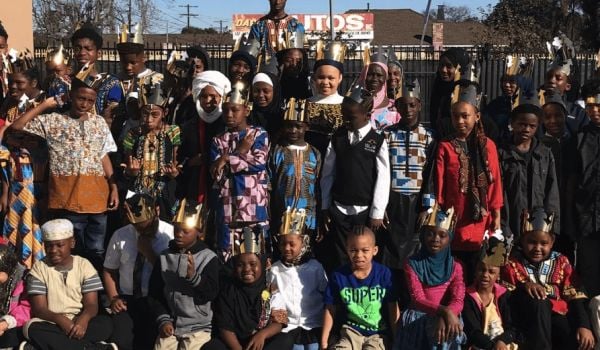Fifty million children will start school this week as historic changes are under way in the U.S. public school system. As of 2011, 48 percent of all public school students in the country were poor and this year, students of color will account for the majority of public school students for the first time in U.S. history.
What is surprising about these shifts is that they are not leading to more diverse schools. In fact, the Civil Rights Project has shown that black students are just as segregated today as they were in the late 1960s, when serious enforcement of desegregation plans first began following the passage of the 1964 Civil Rights Act.
Despite our country’s growing diversity, our public schools provide little contact between white students and students of color. We’ve mapped data about the racial composition of U.S. public schools to shed light on today’s patterns at the county level. These maps show that America’s public schools are highly segregated by race and income, with the declining share of white students typically concentrated in schools with other white students and the growing share of Latino students concentrated into low-income public schools with other students of color.
In every state but New Mexico and Hawaii, the average white student attends a school that is majority white.This is unsurprising for large swaths of the Northwest, Great Plains, Upper Midwest and Northeast, which are home to very few kids of color. But even in diverse states like Illinois, Michigan, Pennsylvania and New York, few white children attend diverse schools.
The separation of races is most clearly seen in large metropolitan counties that hold the bulk of a state’s population and most of its students of color. For example, in Chicago (Cook County), the overall student population is about 25 percent white, 31 percent black and 37 percent Latino, but 96 percent of black students attend majority non-white schools, and 67 percent of white students attend majority white schools. In other words, white students tend to attend schools with other white students and black and Latino students attend schools with other students of color. Similar patterns emerge in other large midwestern cities like Detroit (Wayne County), Minneapolis-St. Paul (Ramsey and Hennepin County), and Indianapolis (Marion County).
In Worcester County, Mass., white students account for 73 percent of the overall student body and almost all of them (91 percent) attend a majority white school, while the few Latino and black students in the county (15 percent and 5 percent, respectively) typically attend majority non-white schools.
In the South and Southwest, where the number of Latino students is growing especially fast, Latino students typically attend majority non-white schools with other children of color, while the few white children in these areas attend schools that are majority white.
In an increasingly diverse society, our public schools give us the unique opportunity to cross traditional racial and class boundaries. Ideally, they would be spaces where students can interact with and learn from peers with backgrounds different than their own, ensuring that future generations have friends outside their own racial group and helping mold them into productive members of a multi-racial society. Unfortunately, this potentially productive exchange is not happening in most public schools across the country.
We hope these maps provide a starting point for further analysis and for serious conversations — at local, state and national levels — about the complex forces sustaining school segregation and the actions we need to take if we want our public schools to better reflect the diversity of our population.
This article was originally published on the Urban Institute’s MetroTrends blog.
Reed Jordan is a research assistant with the Metropolitan Housing and Communities Policy Center at the Urban Institute.
















